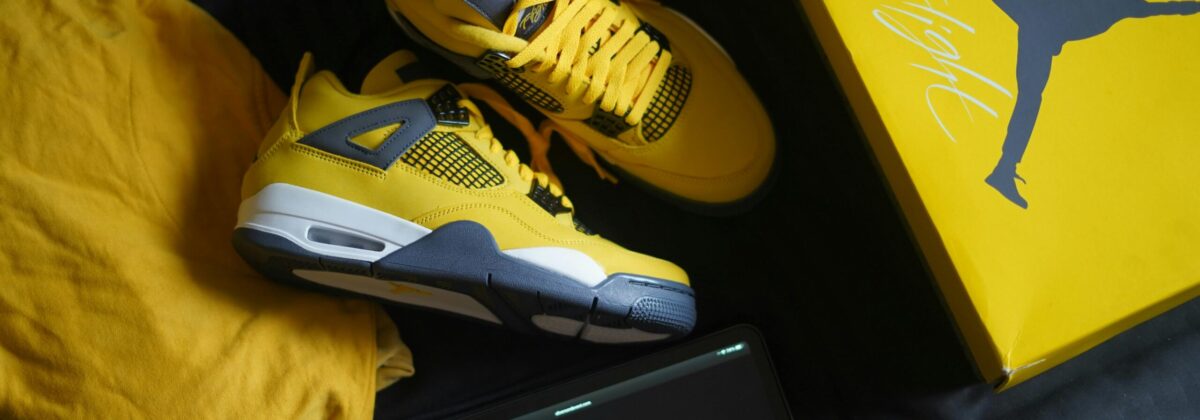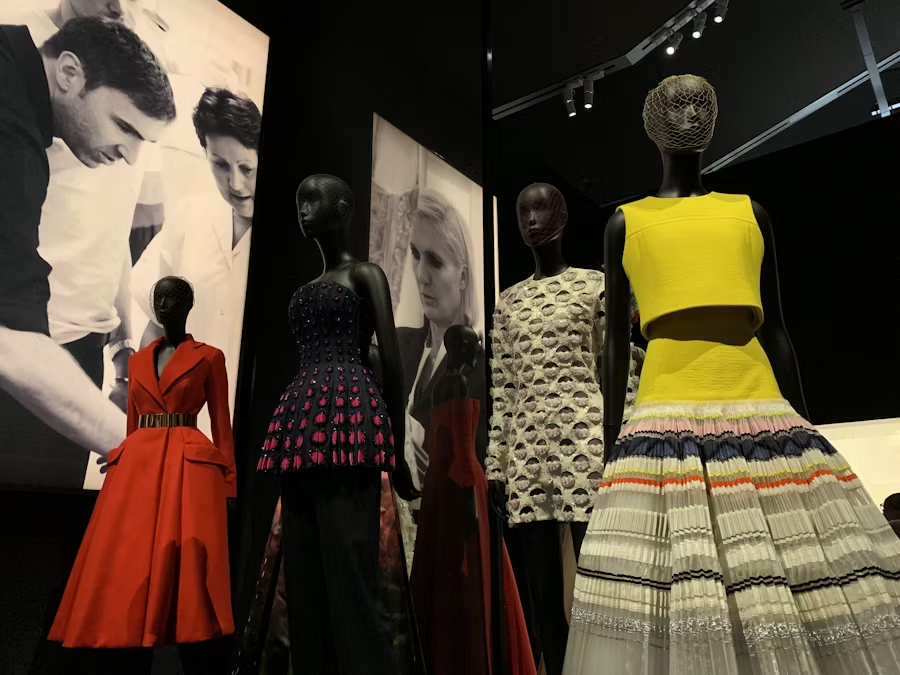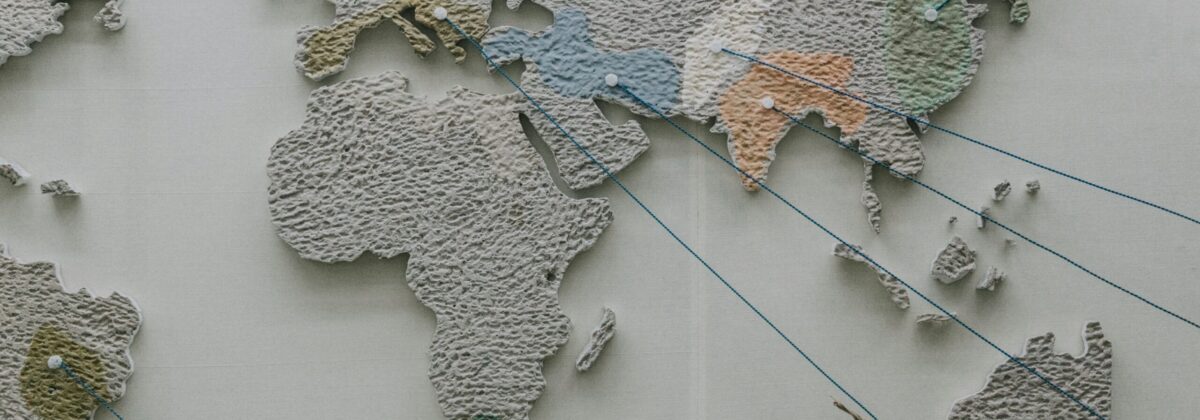From Runway to Reality: Sharon Graubard Breaks Down FW26
Photo Credit: Billy TarltonInstagram: @picturesbybilly As the excitement of Fashion Week fades, the Fall/Winter 2026 scene is coming into focus, revealing nuanced shifts in color, texture, and silhouettes. This season invites brands and designers to approach their collections with intention, balancing creativity with purpose, and translating the runway’s inspiration into pieces that resonate with today’s consumer. To give readers a deeper perspective, we spoke with Sharon Graubard, founder of SG Files, a leading trend forecaster whose expertise helps brands translate runway signals into actionable insights. Q&A with Sharon Graubard Bottega Veneta Fall 25 Yarn FurPhoto Courtesy of SG Files Q:
Licensing in the Fashion Industry: Unlocking Growth and Strategic Expansion
Exploring the fascinating dynamics of brand licensing within the fashion industry, this thought leadership piece delves into how licensing can serve as a strategic pathway to growth. This discussion stems from a recent episode of the Clothing Coulture podcast, where hosts Bret Schnitker and Emily Lane unpack the power of licensing. With insights gathered from industry experts, we uncover the role of licensing, the risks involved, and how to navigate this complex landscape effectively. Understanding Apparel Licensing Apparel licensing is a crucial strategy within the fashion industry, offering a pathway for brands striving to reach new markets and audiences. As
Bibliothèque Intérieur — Volume 2. The Inner Library of Fashion Inspiration
Upon sharing a recent reflective article on the concept of the Bibliothèque Intérieur—the inner library within—it became clear how deeply this idea resonates across many aspects of my life. One of the most significant is my career, where creativity, strategy, and storytelling intersect daily. This realization has inspired the development of an entire series, exploring how this metaphorical library informs not only personal inspiration but also the professional lens through which we approach fashion, design, and innovation. This series explores the emotional, intellectual, and sensory sources of fashion inspiration through the metaphor of an “inner library.” Fashion as Memory
Why Branding Can Make or Break Your Business
The Foundation of a Strong Brand In today’s competitive landscape, a strong brand is far more than a marketing tool, it’s the foundation that defines how your company is perceived, trusted, and remembered. At Stars Design Group, we’ve seen that branding can be the difference between a product that makes a brief appearance in the market and a brand that builds a lasting legacy. Every decision, from design and production, to messaging and customer experience, is influenced by how well a brand understands and upholds its identity. Branding is not just a logo, color palette, or catchy slogan, it’s the
International Apparel Sourcing and Production in the Era of Tariffs
The global apparel landscape is shifting fast. As tariffs and trade dynamics reshape where and how we produce, sourcing managers and retail buyers face a new challenge: finding the balance between cost, speed, and sustainability. Here’s how the smartest brands are rethinking sourcing strategies — and how you can stay ahead. 👇 Read on to explore how tariffs are transforming international apparel sourcing and what it means for your next production cycle. Introduction For sourcing managers and retail buyers, the apparel landscape has never been more complex—or more full of opportunity. The global supply chain that once prioritized low cost and
Bibliothèque Intérieur: The Library Within
A friend recently shared a quote that has lingered in my thoughts like a gentle echo: “Bibliothèque Intérieur — your inner library — the invisible shelf you carry inside, filled with every story that’s ever shaped you. All the books you’ve loved, the heartbreaks you’ve survived, the random quotes that stuck, the memories that built you. They all live in the Bibliothèque Intérieur. Quietly reminding you of who you are and how far you have come.” Since reading it, I’ve found myself wandering through the idea—imagining what it might feel like to walk the halls of my own inner library.
Embracing the Power of Mom and Pop Retail: A Key Strategy for New Fashion Brands
In the uniquely interconnected world of fashion, local mom and pop shops are an often overlooked yet critical component of brand success. These smaller retailers offer an invaluable platform for emerging brands to thrive, crafting personalized shopping experiences that resonate with the community. This article delves into the key themes surrounding the relevance and strategic importance of mom and pop shops in the wholesale landscape, as shared by industry experts Bret Schnitker and Emily Lane Clothing Coulture podcast. The Enduring Relevance of Mom and Pop Shops Mom and pop shops have long been a staple in the retail universe, offering
5 Common Mistakes New Apparel Brands Make and How to Avoid Them
Launching an apparel brand is one of the most exciting steps a creator can take. The process blends creativity, strategy, and awareness, and when those pieces come together, it’s incredibly rewarding. Yet, many new brands underestimate just how many moving parts are involved. Without careful planning, important details can slip through the cracks, leading to unnecessary challenges down the road. At Stars Design Group, we’ve helped founders transform their ideas into thriving brands. Along the way, we’ve noticed some common missteps that tend to surface in the early stages. The good news? With the right preparation, they’re completely avoidable. Below,
Tech Pack 101: Why They Matter in the Apparel Industry
In the fast-paced world of fashion, turning a great design into a finished garment takes more than creativity—it requires clarity, precision, and communication. That’s where tech packs come in. A tech pack (short for technical package) is the blueprint for the production of your apparel design. It outlines every detail a manufacturer needs to bring your vision to life, from fabric type and stitching methods to trim placement and packaging instructions. Without one, production becomes a guessing game. What’s in a Tech Pack? A complete tech pack typically includes: Flat sketches – detailed, black-and-white drawings showing front and back views
Tariffs, Transparency & Turnarounds: What’s Shaping Fashion Right Now (August 2025)
From shifting global trade policies to high-profile fines and new sustainability initiatives, the fashion industry is navigating a storm of changes. Brands are being held accountable for their supply chains, governments are rethinking import exemptions, and legacy labels are working hard to stay relevant. Here’s a snapshot of what’s happening now—and what it all means for fashion businesses and consumers alike. Tariff Pressure Rises New U.S. tariffs have more than doubled on imports from several major apparel manufacturing countries, with rates jumping to 19–25% in places like India, Vietnam, and Bangladesh. These changes stem in part from shifting trade priorities










